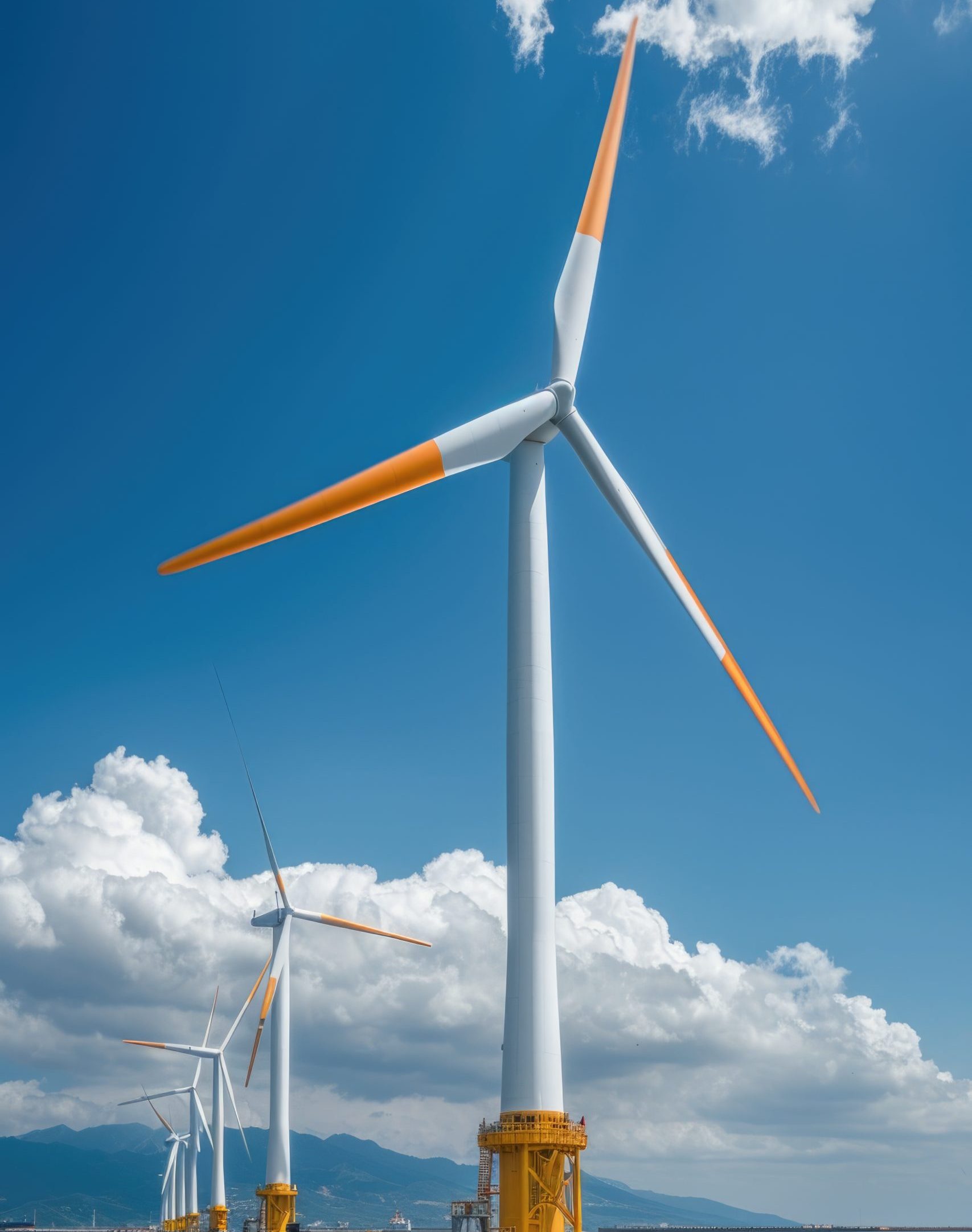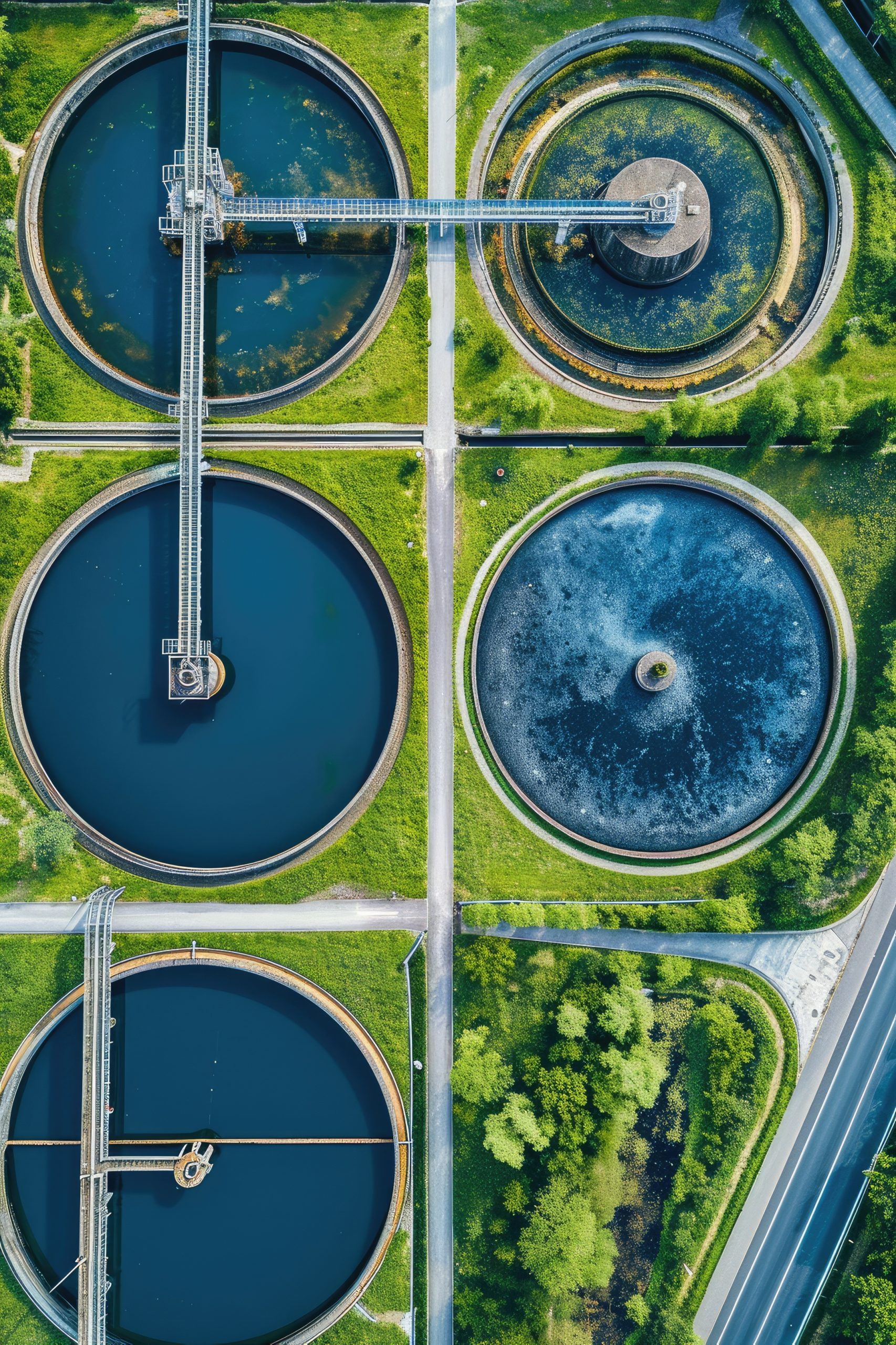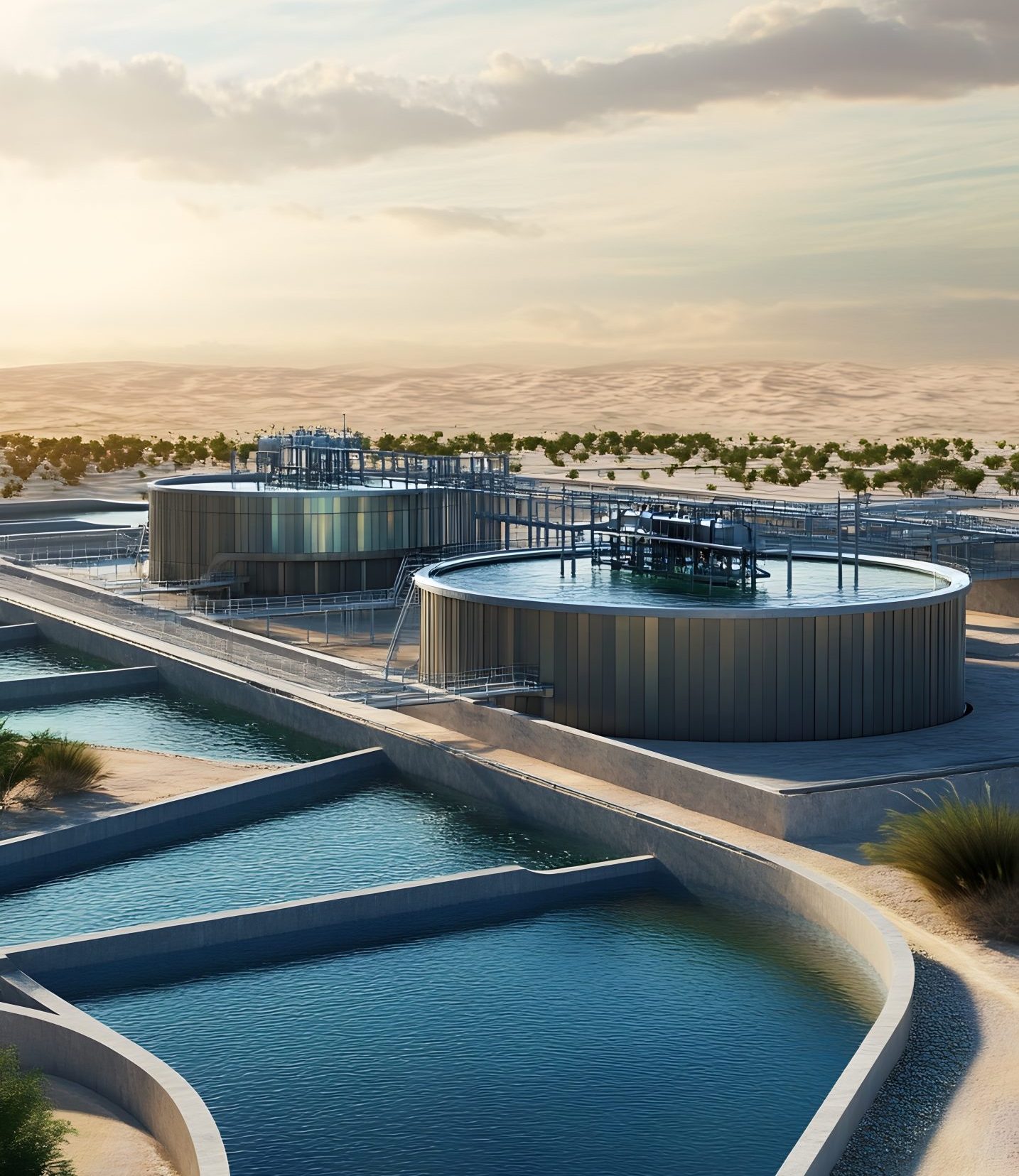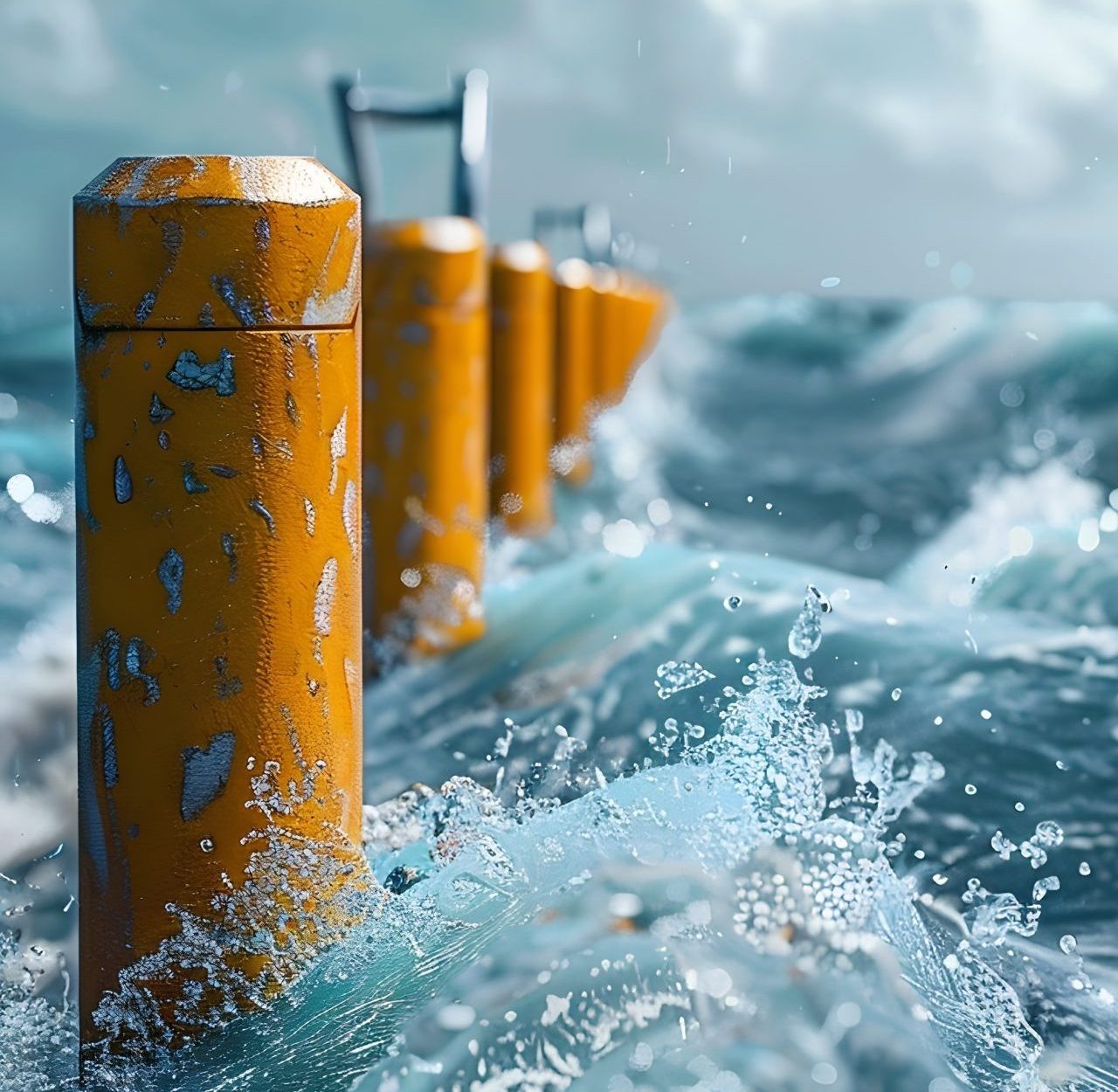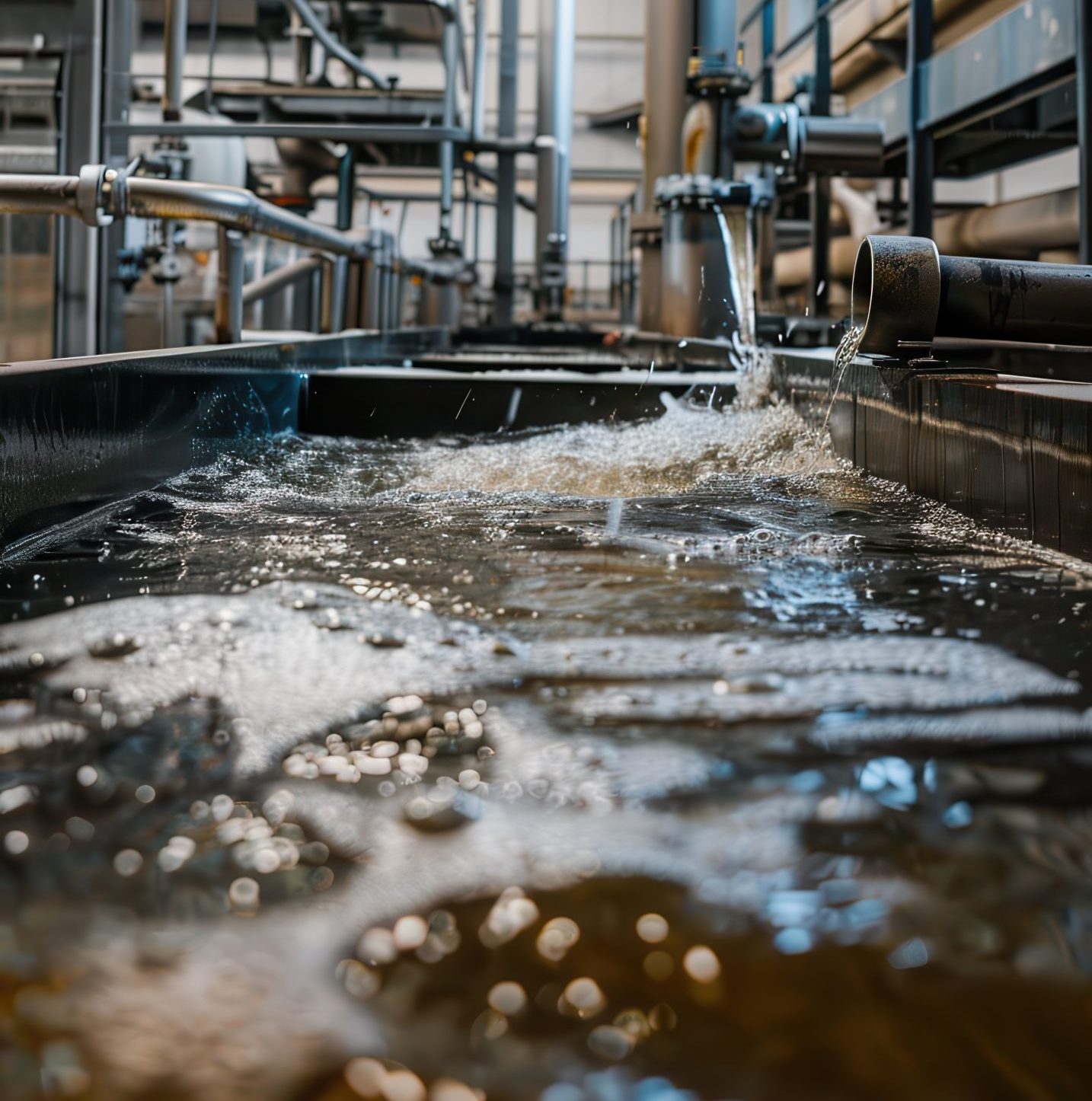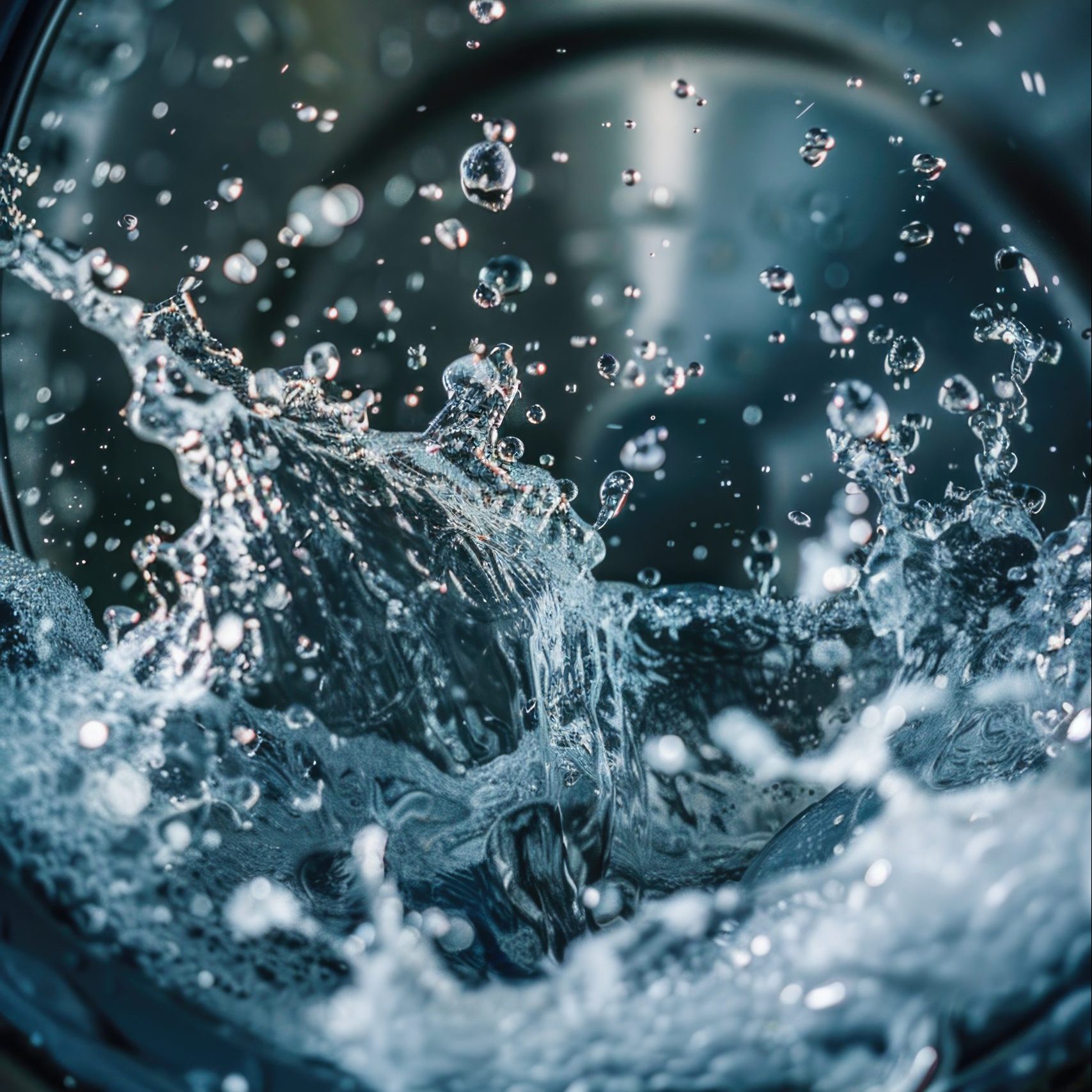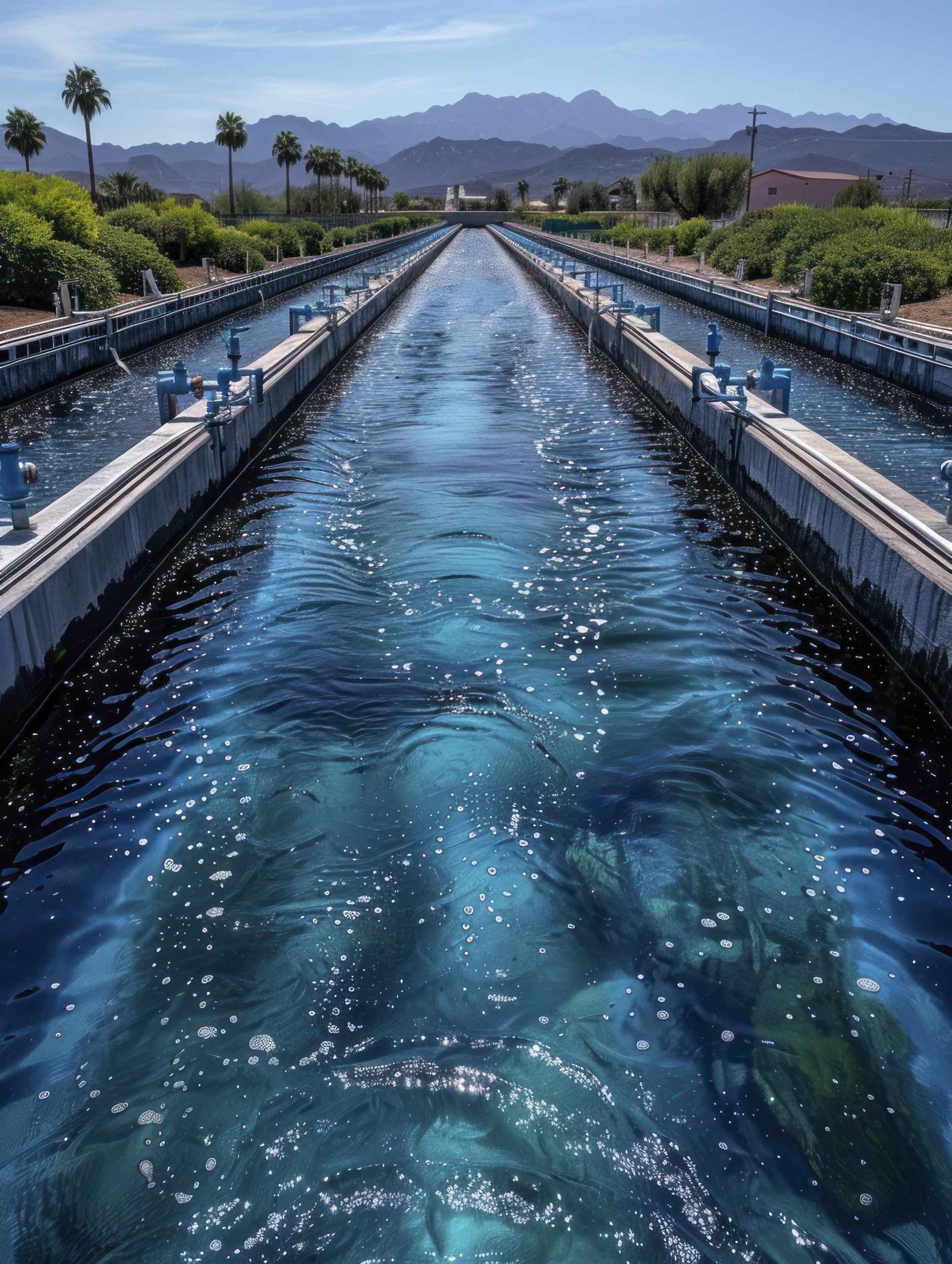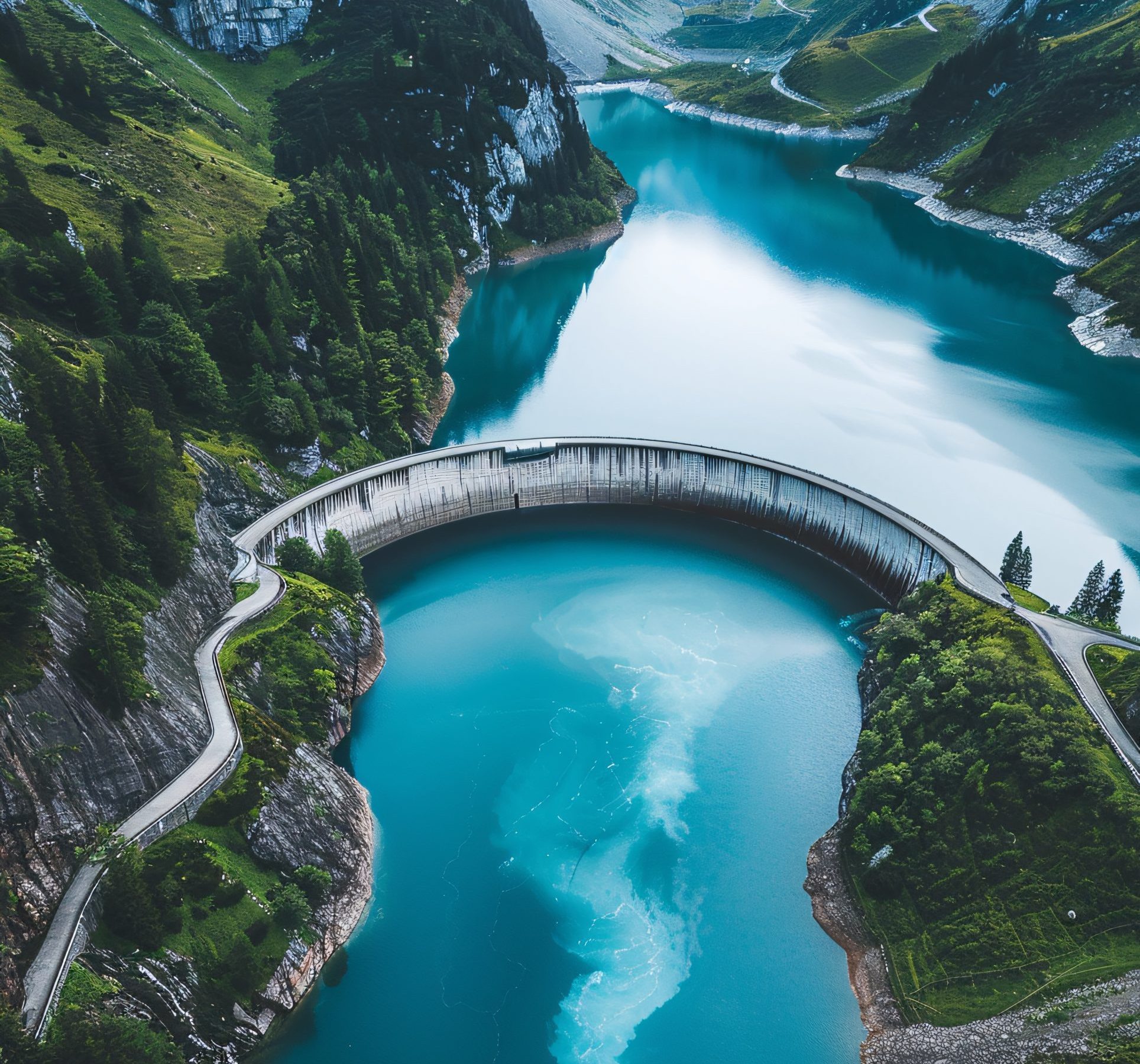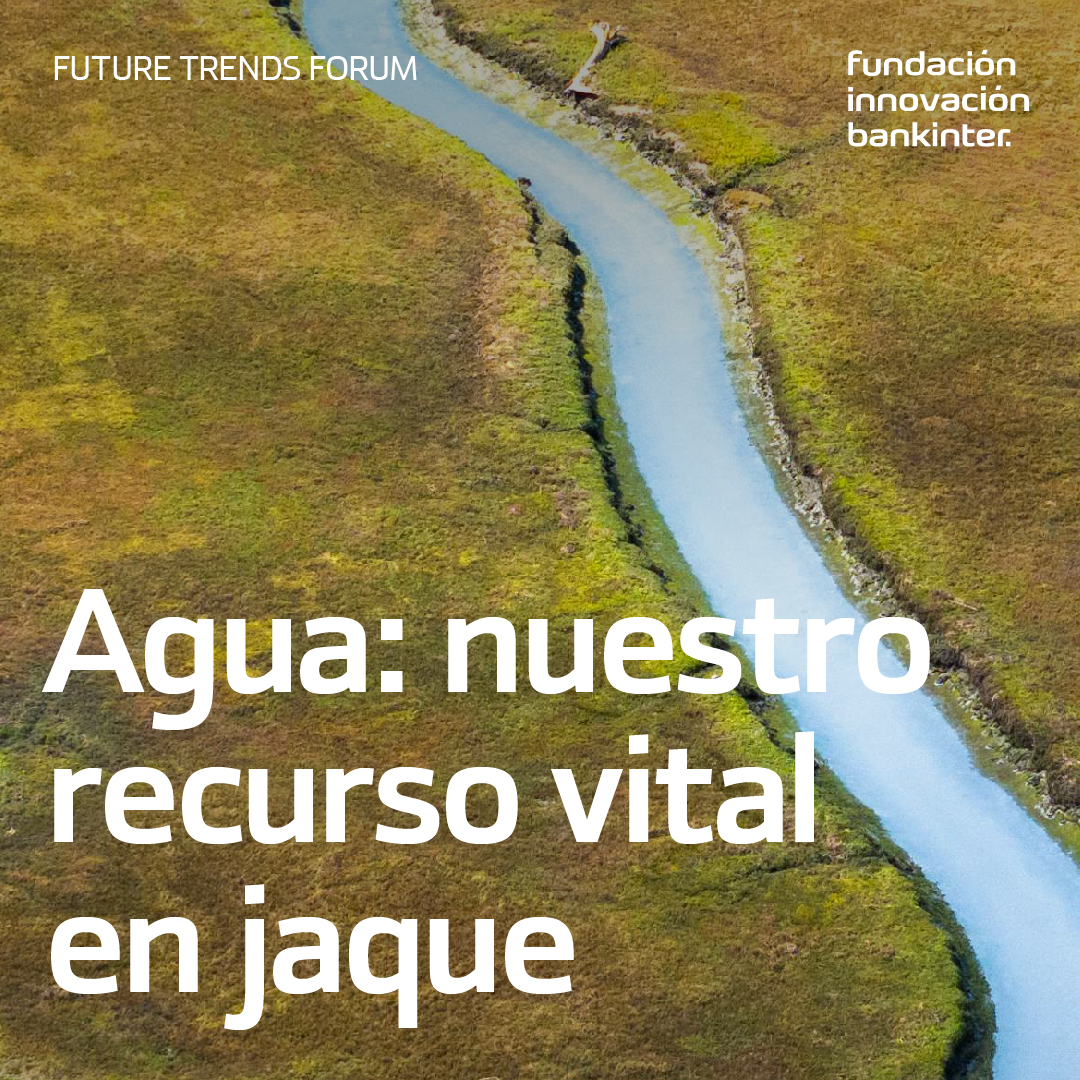Currently, more than 2 billion people live in regions with high levels of water stress, and it is projected that by 2050 half of the world’s population will live in water-scarce areas. New technologies, such as reuse, desalination, and atmospheric water capture, offer innovative solutions that can ensure its availability and quality in the long term. In addition, the interdependence between water and energy is key to creating a sustainable future. The water crisis is a call to action, and this report proposes viable solutions to build a more resilient and sustainable future.
“There is no replacement for our planet. We are exploring other worlds, but they are hundreds of years away from offering something similar to the sustainable water we have on Earth.”
Sujay Kumar, Research Physical Scientist at NASA’s Goddard Space Flight Center


